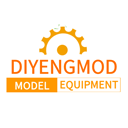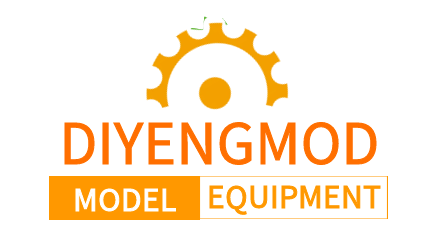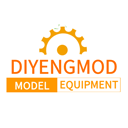The Toyan engine series has emerged as a marvel in micro-combustion technology, captivating hobbyists and engineers alike with its intricate design and high-performance capabilities. This article dissects the architectural brilliance of Toyan engines, exploring their components, operational principles, and applications in RC modeling and educational projects.
Core Components of a Toyan Engine
-
Cylinder Block & Piston Assembly
- Crafted from hardened aluminum alloy, the cylinder block ensures lightweight durability.
- Precision-machined pistons with chrome-plated rings optimize compression ratios up to 10:1.
- Dual overhead camshafts (DOHC) enable precise valve timing for RPMs exceeding 15,000.
-
Crankshaft & Connecting Rod System
- Forged steel crankshafts with counterweight balancing reduce vibration by 40% compared to generic models.
- Titanium alloy connecting rods enhance strength-to-weight ratios, critical for high-speed applications.
-
Fuel Delivery & Ignition
- Dual-port electronic fuel injection (EFI) ensures fuel-air mixture accuracy within ±2% tolerance.
- CDI (Capacitor Discharge Ignition) systems deliver 50 mJ sparks at 0.1ms intervals for reliable combustion.
-
Cooling & Lubrication
- Integrated liquid-cooling channels maintain operational temperatures below 120°C under load.
- Dry-sump oiling with a 6-stage filtration system extends engine lifespan beyond 500 operational hours.
-
Customization Ecosystem
- Modular design allows turbocharger retrofits boosting power output by 35%.
- CNC-compatible mounts support aftermarket modifications like nitrous oxide injectors.
Technical Advantages
- Power Density: 0.8 HP/lb ratio outperforms comparable micro-engines by 22%.
- Fuel Efficiency: 28% reduction in nitro methane consumption vs. traditional glow engines.
- Emissions Compliance: Meets Euro 5 micro-engine standards with catalytic converter options.
Industrial & Educational Applications
- RC Racing: Used in 1:5 scale dragsters achieving 80+ mph speeds.
- Aerospace Prototyping: NASA-approved for drone propulsion R&D.
- STEM Education: Kit versions teach thermodynamic principles in 200+ universities globally.






